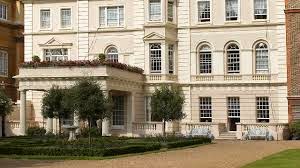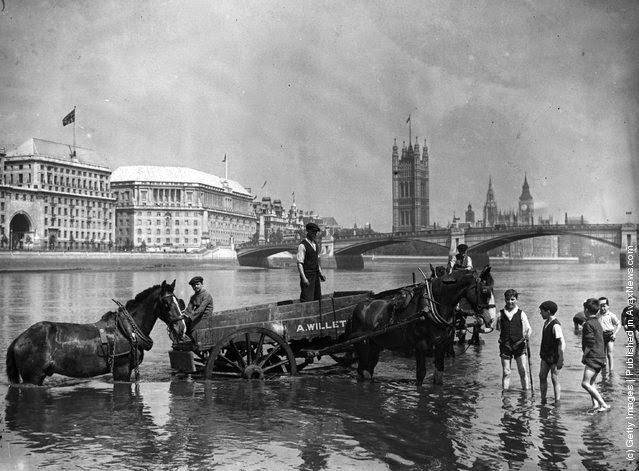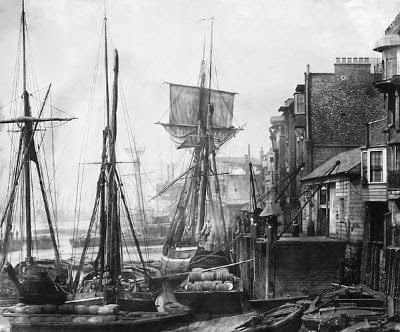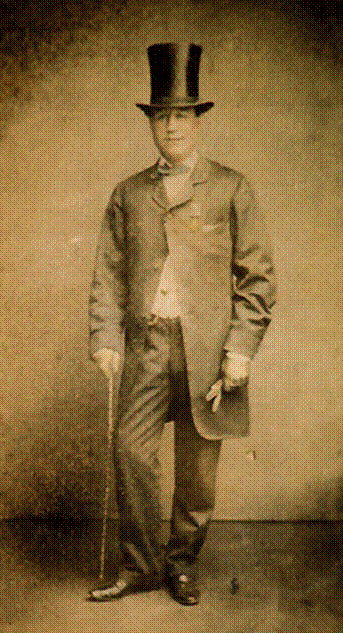As you’ll recall, Victoria and I lucked out with gorgeous weather for our mudlarking adventure.
Looking in both directions from the Southwark Bridge
We decided to up towards Gabriel Wharf for a bite of lunch and on our way we passed a few landmarks you may recognize.
The Globe Theatre
with Shakespeare’s bench on the pavement out front.

As usual, Gabriel’s Wharf, a shopping and dining destination, was doing a brisk business. We settled upon the Wharf Restaurant
And it wasn’t long before we were tucking in to a plate of mushroom risotto accompanied by glasses of crisp, cold prosecco.
After lunch, we needed to get back across the River, so we walked out the back of the Wharf to a street known as the Upper Ground. This is where the docks once stood where, once upon a time, the streets teemed with a decidedly rough and ready trade – sailors who had just docked after months at sea and who were looking to let loose, ladies of the night (or day) looking to make a bit of coin, foreigners of all sorts seeking to sell or buy cargoes of exotic goods, street hawkers, cab men, coster mongers, fishermen, boatmen, etc. etc. The ships drove the neighborhood and the streets would have been awash in people of all stripes. Today, however, these were the sights we were met with.
ITV Studios
Of course, this is more the way I was picturing it in my mind
“Where are we going?” Victoria finally asked.
“Waterloo. Station. And the Duke of Wellington Pub.”
“Do you know the story about Churchill and Waterloo Station?” Victoria asked me.
“I don’t think so.”
“Before he died, Churchill worked on the plans for his own funeral. He was going to be buried at St. Martin’s Church in Bladon, in Oxfordshire, where many members of the Spencer Churchill family had been buried.”
“So,” Victoria went on, “Churchill’s fune
ral cortege would have traveled to Oxford by train. And trains to Oxford leave from which London station?”
“Paddington,” I answered.
“Exactly. But Churchill asked if it would be possible for his funeral train to depart from Waterloo Station, instead. Certainly, and official told him. It would mean diverting tracks and re-route thousands of daily tube passengers, it would involve redirecting signals and a host of other alterations, but in theory it could be done. Looking pleased, Churchill told him to arrange it when the time came. But why, asked official. What did Churchill have against Paddington Station? Nothing, he replied, but no doubt other countries would send heads of state to attend the funeral. France would no doubt send a representative, to which the official agreed. “Well,” Churchill said, “I don’t want to pass up the opportunity to force French President de Gaulle to have to walk through Waterloo Station.”
“Are you making this up?”
“No,” Victoria laughed, “If it isn’t true, it should be. Where are we going? Are you sure Waterloo Station down this way? It doesn’t look right.”
“The last time I walked this way, I wound up at Waterloo. It’s just down here,” I said, pointing.
Two girls were passing and Victoria asked them if this were the way to Waterloo Station. They told that indeed it was, and pointed in the direction I’d just indicated.
“Oh, ye of little faith,” I said. “And look, there’s the Wellington Pub. They haven’t moved that, either.”
Of course, this was the perfect opportunity for a photo op. Note the people in summer wear in the background.
And then take note of my fur lined boots!
.JPG)
Another summery sign seen outside of Waterloo Station
And believe it or not, this is the poster we were met with inside the station, advertising the Wellington Exhibit we’d planned to see at the Tower. Nice to know I had unconsciously dressed to match Wellington’s uniform. He had Wellies, I have fur lined boots.
Getting off of the tube at Victoria Station, Victoria and I were met with this pub, located inside the Station. We popped our heads inside, but it was sadly uninspiring and without much period charm. We walked through the Station and found the entrance to the Grosvenor Hotel, where we’d all be staying for the first leg of the Duke of Wellington Tour.
As you’ll see by the photo above, we were quite satisfied after inspecting the room in which we’d be holding our Welcome afternoon tea for our tour participants.

With still more on the day’s schedule ahead, we headed out onto Buckingham Palace Road and headed towards Buckingham Palace, passing one of our old haunts, the Bag O’ Nails pub, along the way.
Before long, we’d reached the Queen’s Gallery, where Victoria and I have attended many an exhibition. There’s another old haunt of ours just outside the Gallery – a long, low wall just perfect for resting upon, so we decided to take a short sit before going on.
After our break, we carried on, finally reaching the front of the Palace.
It was here that Victoria realized she’d left her camera back at the stone wall. I volunteered to go back for it and fast walked back the way we’d come, only to find the camera gone! A man saw me looking for something and volunteered that if it was a camera, he’d handed it in at the front desk inside the Queen’s Gallery – thank goodness!
Returning both the camera and myself to Victoria, we turned and started up the Mall, which was free of vehicle traffic as this was a Sunday.
The Mall on Sunday
Flowers in the gardens bordering the mall
the pond along the Mall
Eventually, we reached Green Park, where we turned left and walked up to Milkmaid’s Passage, which brought us out near Spencer House and across from Duke’s Hotel.
This is the lane, or alleyway, that servants from the aristocratic houses in St. James’s used in order to cut across to Green Park in order to buy milk from the cow keepers who sold milk by the pailful.
Just behind Milkmaids Passage stands Lancaster House, above, where, in 1848, Chopin entertained Queen Victoria, Prince Albert and the Duke of Wellington. You’ll find more on the history of
Lancaster House here.
Before long, Victoria and I arrived at Clarence House, below, in time for our 4 p.m. guided tour.
Clarence House
More Loose in London Coming Soon!








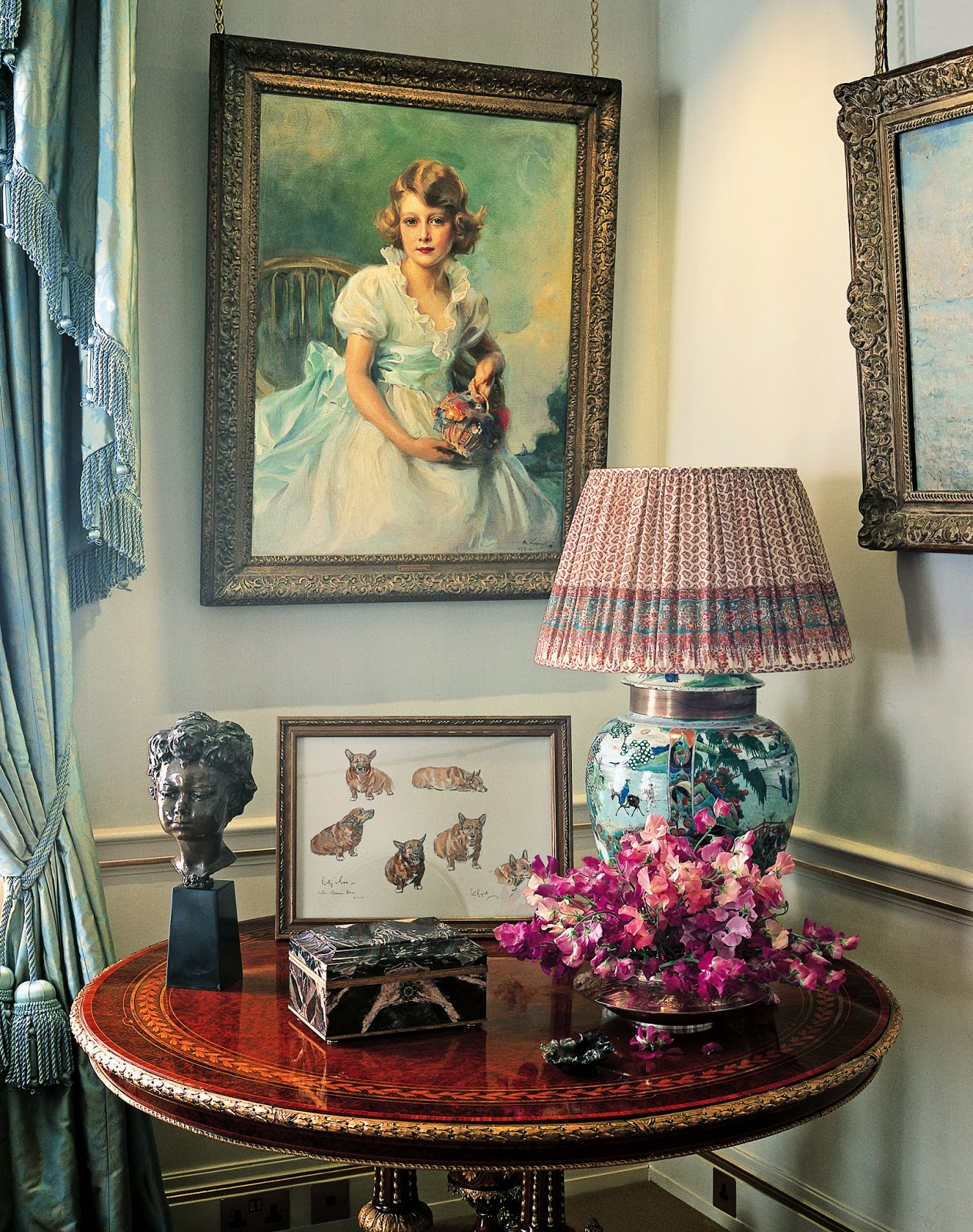




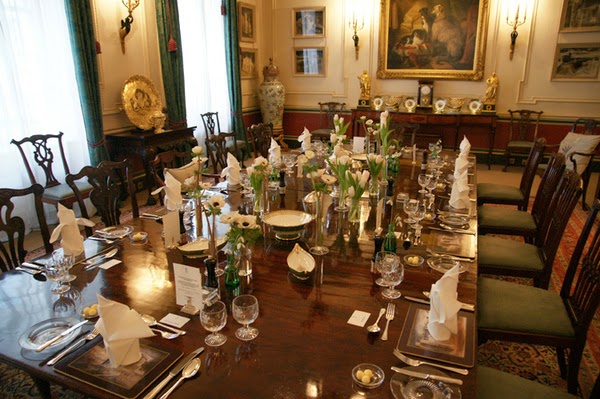

.jpg)


.jpg)


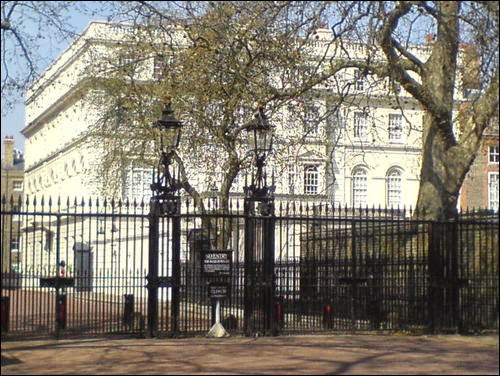




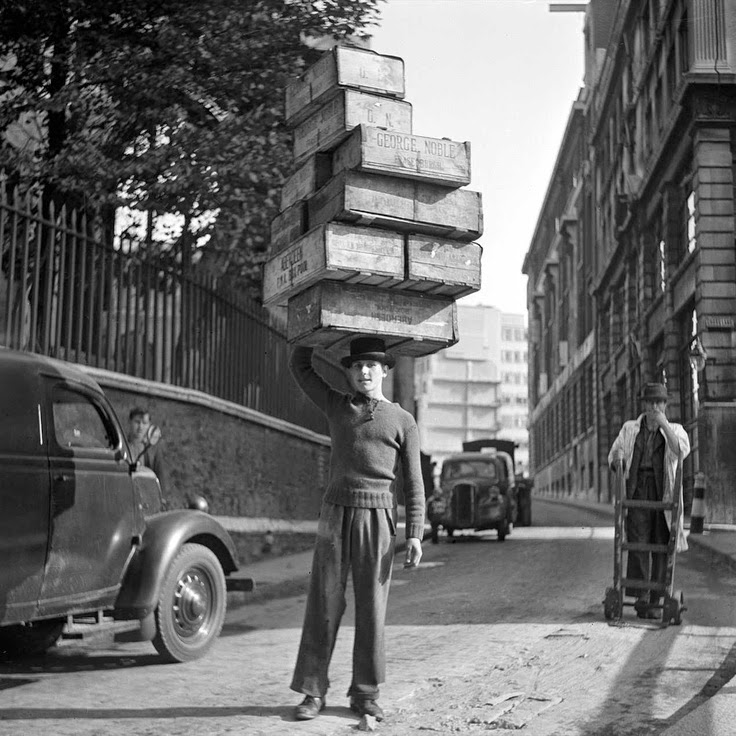
.jpg)
.jpg)
.jpg)

